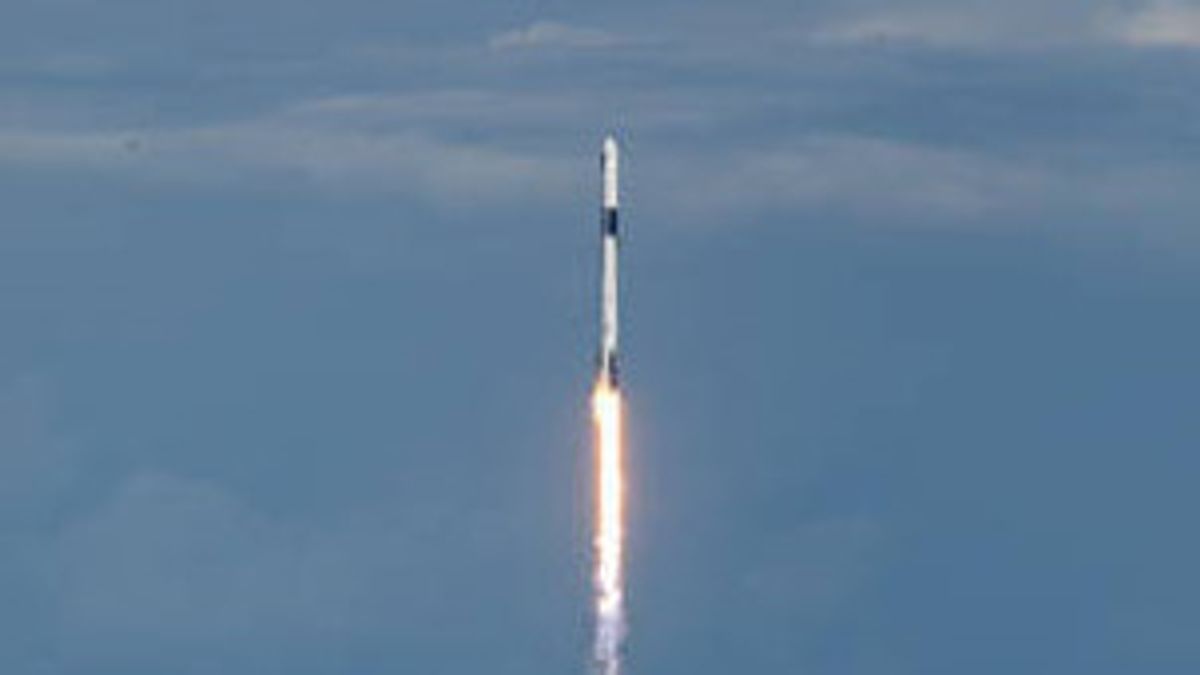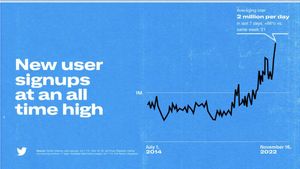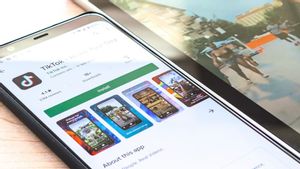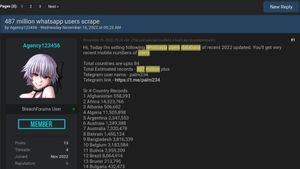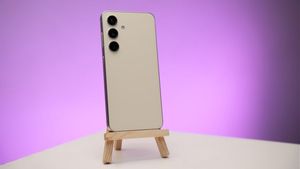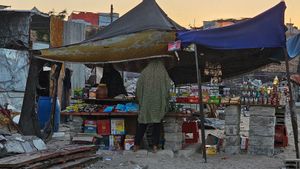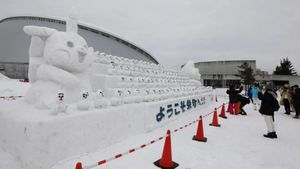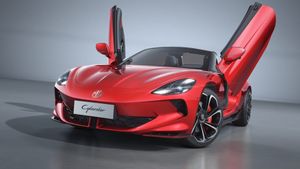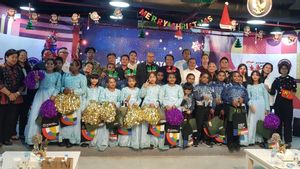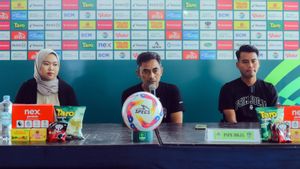JAKARTA - Not long ago SpaceX launched its Falcon 9 rocket and Dragon cargo capsule in a mission dubbed
CRS-26 to send new solar arrays, belated Thanksgiving treats, CubeSats and experiments to the International Space Station (ISS).
Dragon launched last Saturday from runway pad 39A Kennedy Space Center (KSC), Florida, United States (US) at 14:20:43 EST, and arrived at the ISS on Sunday at 7:30 EST.
The liftoff mission was powered by a new Falcon 9 first stage booster with number B1076 in the SpaceX fleet which fired for two and a half minutes to propel Dragon into the upper atmosphere.
Everything is new in this mission, with the Dragon capsule itself also being a new vehicle with the serial number C211. This is the third and final Dragon planned in SpaceX's fleet of new-generation Dragon spacecraft.
After docking on Sunday, astronauts on the ISS unloaded inside the pressurized compartment of the Dragon capsule. What are the contents? Check it out below, quoted from NASA's official website, Monday, November 28.
Moon Microscope
It is a kit that includes a portable handheld microscope and a small self-contained blood sample staining device for in-flight medical diagnosis. With this tool, astronauts can use their blood to obtain images with a microscope, and transmit images to Earth. Later, flight surgeons will use it to diagnose diseases and prescribe treatment.
The kits can provide diagnostic capabilities for crew members in space or on the surface of the Moon and Mars, as well as the ability to test water, food and surfaces for contamination. The hardware can also enable medical monitoring for upcoming Artemis missions.
Adds Solar Power
The Dragon's rear cargo hold also accommodates two Roll-Out Solar Arrays (iROSA) for installation outside the ISS. This will provide a 20 percent to 30 percent increase in power for research and space station operations.
SEE ALSO:
The two solar panels weigh more than a ton each. Two astronauts will go on a spacewalk to help with the deployment of the new solar array.
Little Tomato
A sustainable source of nutritious food is essential for long-term exploratory missions, and pre-packaged astronaut specialties may need to be supplemented with fresh food produced in space. Researchers have tested a plant growing unit at the station known as Veggie and have successfully grown a variety of leafy greens. Veg-05, the next step in the work, focuses on growing dwarf tomatoes.
The Tiny Satellite CubeSat
The Dragon capsule also carries eight small CubeSats for missions carried out by NASA, the Canadian Space Agency, and companies in Italy and Taiwan. The CubeSats will be transferred by the space station crew to a Japanese airlock for release into low Earth orbit with the Nanoracks spreader.
Experiments on Making Unusual Shapes
The mission also carries a technology demo experiment called Extrusion, which will test how molten resin in microgravity can create shapes that would be impossible on Earth, due to the influence of gravity.
"The ability to use these shapes could allow the construction of structures in space such as space stations, solar arrays and tools," said NASA.
Foodstuffs for Experiments
The astronauts are also provided with yogurt, fermented milk and yeast-based drinks, where they will see how these foods can be used to produce nutrients to keep the crew healthy on long-term space missions.
Food for Thanksgiving Celebration
Astronauts also get food shipments of ice cream, spicy green beans, cranapple desserts, pumpkin almond pie and candy corn for a belated Thanksgiving feast.
Other
The mission also transported sports equipment, clothing, life support hardware, an inertial navigation system unit and a new integrated GPS to the 450 ton ISS research post.
The English, Chinese, Japanese, Arabic, and French versions are automatically generated by the AI. So there may still be inaccuracies in translating, please always see Indonesian as our main language. (system supported by DigitalSiber.id)
